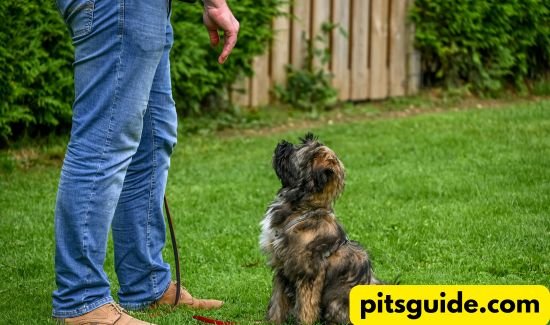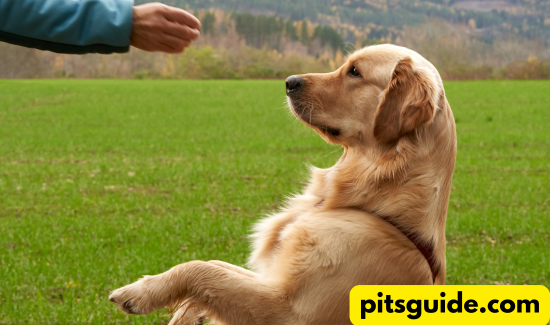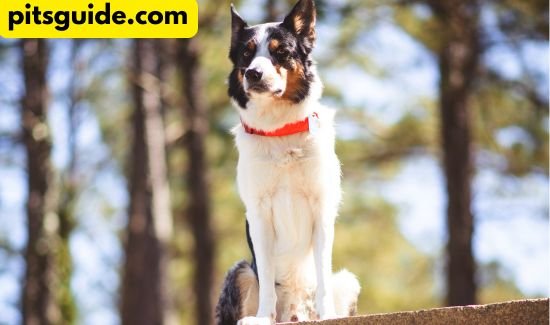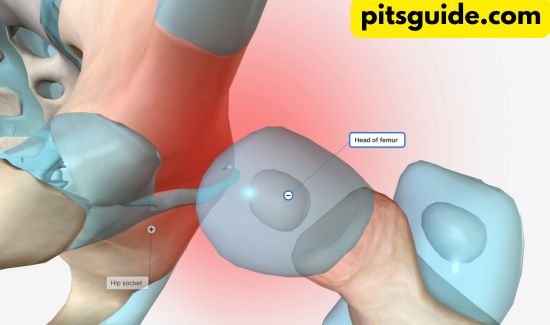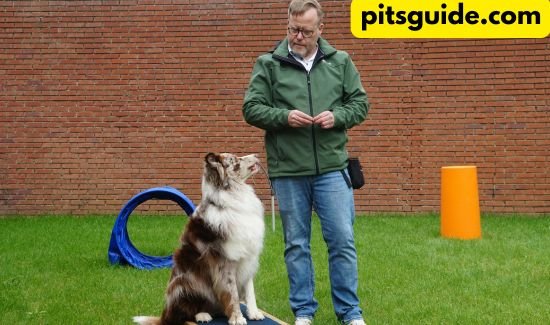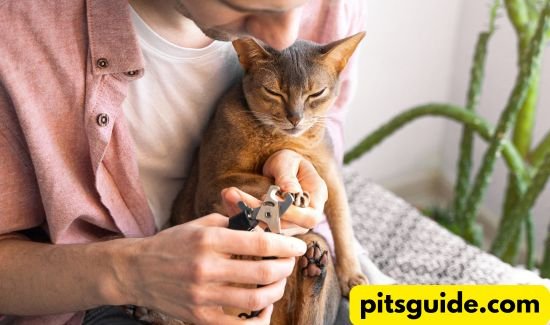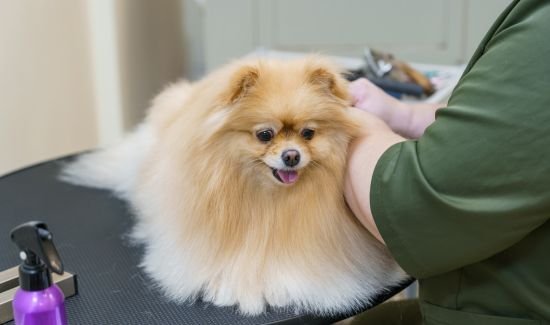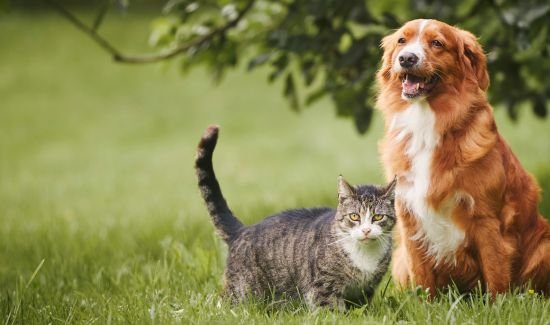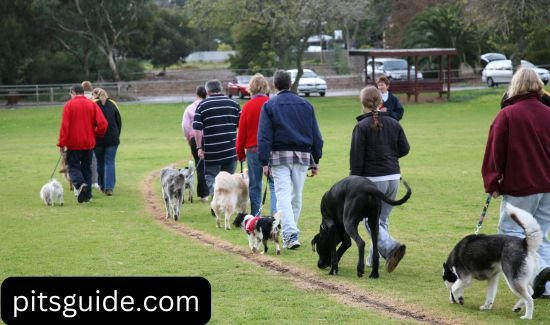Table of Contents
- Introduction
- The Importance of Modern Pet Training
- Benefits of Innovative Training Techniques
- Revolutionary Positive Reinforcement Techniques
- Understanding Reward-Based Training Psychology
- Implementing Clicker Training Effectively
- Timing and Consistency in Rewards
- The Science Behind Pet Behavior Modification
- Key Principles of Animal Behavior
- Leveraging Neuroscience in Training
- Recovery Methods and Performance Optimization
- Advanced Training Tips for Stubborn Pets
- Breaking Through Communication Barriers
- Dealing with Resistance and Regression
- Creating Breakthrough Moments
- Environmental Enrichment for Enhanced Learning
- Importance of a Stimulating Environment
- Fitness Strategies and Activities
- Coaching Advice and Motivation Techniques
- Multi-Sensory Training Approaches
- Visual Cue Integration
- Sound-Based Training Methods
- Touch and Gesture Commands
- Building Lasting Training Habits Through Routine
- Establishing a Consistent Schedule
- Incorporating Training into Daily Life
- Rewarding and Celebrating Small Victories
- Conclusion
- Summary of Key Training Concepts
- Emphasizing Bond Building and Consistency
- Encouraging Continuous Learning and Adaptation
- FAQ
- Innovative Training Techniques Beyond Traditional Methods
- Effective Positive Reinforcement Training Tips
- Scientific Principles Underpinning Behavior Modification
- Overcoming Communication Barriers in Stubborn Pets
- Creating an Enriching Learning Environment
- Multi-Sensory Approaches to Enhance Learning
- Maintaining Effective Training Routines
Mind-Blowing Pet Training Tips You’ve Never Tried
Are you sick of using the same old techniques for training your pet? We have something exciting and novel for you. This guide will show you how to make your pet well-behaved and obedient. You’ll learn about the latest training strategies that really work.
Discover new ways to train your pet with positive reinforcement and behavior modification. You’ll find lots of useful tips to improve your training skills. Get ready to see how modern training can change your pet’s life.
Key Takeaways
- Unlock the secrets of reward-based training psychology for lasting results
- Master the art of clicker training to shape your pet’s behavior with precision
- Understand the science behind pet behavior modification for effective training
- Overcome communication barriers and break through stubborn pet resistance
- Harness the power of environmental enrichment for enhanced learning
Revolutionary Positive Reinforcement Techniques
Positive reinforcement is key in modern pet training. It helps pet owners unlock their pets’ full potential. Clicker training is a top tool for teaching good behaviors.
Understanding Reward-Based Training Psychology
Positive reinforcement uses operant conditioning. It links certain behaviors with rewards. This builds a strong bond and improves the pet’s health and behavior.
Implementing Clicker Training Effectively
A sound is used in clicker training to indicate appropriate action. It pairs this sound with a reward. This helps pets learn quickly and understand what they do right.
Timing and Consistency in Rewards
- Reward pets right after they do what you want.
- Always use the same reward, like treats or praise.
- Change the reward to keep pets interested.
- Use nutrition strategies to help pets focus during training.
Positive reinforcement builds trust and cooperation with pets. It improves their health and behavior. It also prepares them for a lifetime of obedience and friendship.
| Technique | Benefits | Key Considerations |
| Clicker Training |
|
|
| Reward-Based Training |
|
|
“The most efficient and compassionate method of training pets is positive reinforcement. It fosters a cooperative, trusting relationship between the pet and the owner.”
The Science Behind Pet Behavior Modification
Knowing how pets learn is key to training them well. New studies in animal behavior, neuroscience, and learning theory help us understand pets better. They show how pets learn and react to different training ways.
At the heart of good pet training are recovery methods, mindset coaching, and performance optimization. Using these ideas, pet owners and trainers can help pets reach their best. This leads to amazing results.
Harnessing the Power of Positive Reinforcement
Studies now prove that positive reinforcement works best for pets. It rewards good actions, unlike punishment. This makes pets learn and stay that way for good.
Understanding how positive training works helps trainers. They can make fitness motivation programs that help pets learn and grow.
| Positive Reinforcement Techniques | Benefits |
| Clicker Training | Precise communication, improved timing, and enhanced motivation |
| Food Rewards | Effective in capturing attention and reinforcing desired behaviors |
| Praise and Affection | Strengthens the bond between pet and owner, fostering trust and compliance |
Using these recovery methods and performance optimization in training helps pets reach their best. It makes the bond between pet and owner strong and happy.
“To successfully change our pets’ behavior, we must understand the science behind how they learn and respond to training.By embracing positive reinforcement and the latest research-backed techniques, we can unlock the full potential of our furry friends.”
Advanced Training Tips for Stubborn Pets
Training a pet can be tough, especially if they are stubborn. But you can overcome it if you follow the correct methods. This part talks about advanced ways to improve your pet’s training, increase their endurance, and strengthen your bond with them.
Breaking Through Communication Barriers
Good communication is key to training pets well. If your pet is stubborn, you need to find out why. Watch how they act and what they say to understand them better.
Try different ways to train them, like using pictures or touch commands. Find out what your pet responds to the best.
Dealing with Resistance and Regression
- Find out why your pet is resistant. It might be because they’re stressed, scared, or just not motivated. Change how you train to help them feel better.
- Do strength training with your pet. This helps them get stronger and more able to handle training.
- Be patient and consistent when they go back to old ways. Celebrate minor victories and modify your objectives.
Creating Breakthrough Moments
Breakthroughs in training are very rewarding. They show your pet is learning and willing to try. Here’s how to make these moments happen:
- Use positive rewards like clicker training to encourage good behavior. It helps build their confidence.
- Try new training methods. Be open to changing your approach to meet your pet’s needs.
- Always celebrate your pet’s successes, no matter how small. It keeps them motivated and strengthens your bond.
With these advanced training tips, you can overcome communication problems, handle resistance, and achieve those rewarding moments. Remember, patience, consistency, and focusing on the mind-body connection are crucial to unlocking your pet’s full potential.
Environmental Enrichment for Enhanced Learning
Creating a rich environment is key for pet training. It keeps them moving and awakens their senses. This way, they learn better and bond with you stronger.
Adding fitness strategies is important. Try obstacle courses, fun toys, and new daily routines. These activities make them active and smart.
- Bring in new toys and games often to keep them curious.
- Give them safe outdoor time, like a fenced yard or walks.
- Use scented boxes or textured surfaces to excite their senses.
Coaching advice and motivation techniques are also vital. Use treats and praise to make them excited to learn. This builds trust and makes them eager for new things.
“A stimulating atmosphere is essential for successful pet training and development.”
Focus on environmental enrichment for better pet training. You’ll see them learn faster and be happier. They’ll love to explore and learn more.
Multi-Sensory Training Approaches
Training pets is more than just saying “sit.” It’s about using all senses to help them learn and bond with us. This part talks about how to use different senses to make training better and stronger.
Visual Cue Integration
Seeing is a big part of training pets. Using hand signals, body language, and flashcards helps pets remember what to do. It makes training fun and memorable for them.
Sound-Based Training Methods
Sound is also key in training pets. Clicker training uses a click sound to teach pets. Soft music or sounds pets like can make training calm and happy.
Touch and Gesture Commands
Touch is very important in training pets. Gentle touches like pats or strokes help pets learn and trust us. It’s great for pets that don’t like loud noises or need to feel safe.
Using sight, sound, and touch together makes training better for pets. It fits their unique ways of learning. Let’s make training fun and effective for our pets with multi-sensory methods.
Building Lasting Training Habits Through Routine
Being consistent is key to training pets well. Good training habits help pets learn and grow. By making training part of their daily life, it becomes natural and fun for them.
To build lasting training habits, consider these strategies:
- Set a consistent schedule. Pick times each day for training. This lets your pet know when it’s time for learning.
- Incorporate training into daily activities. Add simple commands to your daily routine. For example, “come” before hikes or “sit” before meals.
- Make training rewarding. Use positive methods like clicker training. This makes learning fun and rewarding for your pet.
- Vary your approach. Change up how you train to keep your pet interested. Try different exercises and methods to keep them excited.
- Celebrate small victories. Reward your pet for every little success.This boosts their confidence and keeps them inspired.
By making training a fun and rewarding part of your pet’s day, you’ll see big changes. You’ll also grow closer to your furry friend.
“Starting is the first step toward success. – Mark Twain
Conclusion
This guide has shown many new ways to train pets. We talked about positive reinforcement and how to use clicker training. These methods help pets learn and stay safe.
Learning about pet behavior helps owners understand their pets better. It also helps in training them. Tips on making the environment better and using all senses in training are very helpful.
It’s key to keep up with training habits. This helps pets learn and stay healthy. It’s all about creating a strong bond with your pet.
Keep trying new things in your pet’s training. Use science to help you. This way, you and your pet can have a great time together for a long time.
FAQ
What are some innovative pet training techniques beyond traditional methods?
This article talks about new ways to train pets. It covers science-backed methods and holistic training. This includes both mind and body exercises for pets.
How can I effectively implement positive reinforcement training with my pet?
The article looks at the science behind rewarding good behavior. Clicker training is introduced, along with the necessity of timing and consistency.
What scientific principles underlie effective pet behavior modification?
The article dives into recent studies on animal behavior and learning. It shows how pets learn and how trainers can use this knowledge for better results.
How can I overcome communication barriers and address resistance in training stubborn pets?
The article shares advanced methods for overcoming communication issues. It also talks about dealing with resistance and creating breakthroughs in training tough pets.
How can I create an enriching environment to support my pet’s learning and growth?
The article discusses how to make an environment that boosts mental and physical growth. This makes training more effective and fun for pets.
What multi-sensory training approaches can I use to enhance my pet’s learning?
The article explores different ways to train pets using senses like sight, sound, and touch. It gives a wide range of tools for trainers and pet owners.
How can I establish and maintain effective training routines for my pet?
The article focuses on making training a part of daily life. It talks about creating lasting habits and the importance of being consistent in training pets.

